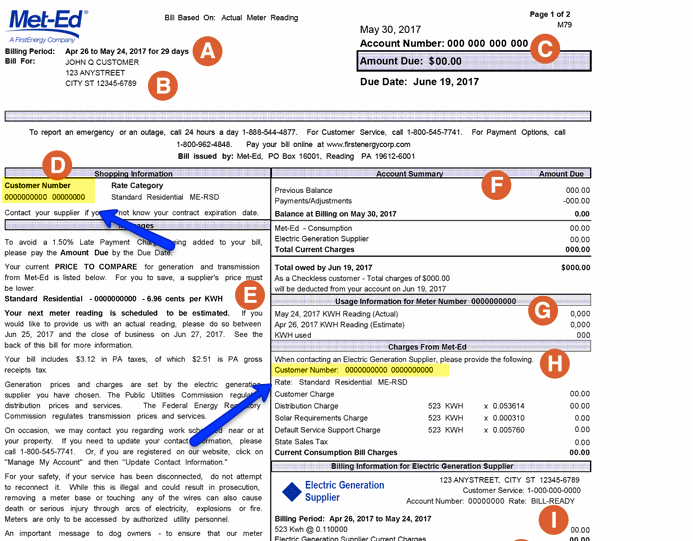BGE Gas Choice Provides Alternative to Fluctuating Default Prices
For over a decade energy choice in Maryland has allowed consumers to shop for competitive priced energy contracts for their homes and businesses. While electricity choice participation and familiarity has increased drastically over the last few years, gas choice awareness in Maryland has lagged behind. Due to recent rising default prices in the state’s largest gas utility, BGE, gas choice awareness is poised to finally grow.
BGE, who is both Maryland’s largest electric and gas utility, delivers gas to over 626,000 residential customers and another 43,500 commercial and industrial. As of September 2017, data obtained from the Maryland Public Service Commission website reveals that only 136,000 BGE gas residential customers were active gas choice customers purchasing gas supply from an alternative supplier. Customers who have not elected to shop for competitive gas rates have the ability and option to do so at any time, unlike in other states where there is a limited shopping period each year.
The more than 78% of BGE gas customers who have not switched gas suppliers are paying the BGE gas price to compare. Price to compare prices are a variable rate that change each month and can be volatile leaving customers unable to properly manage their monthly energy expenses. For example, BGE reported that their gas price to compare in February of 2018 was $0.5068 per therm, a 22.44% increase in the February 2017 price to compare. In 2017 BGE gas customers saw a low of $0.3877 in March compared to a high of $0.5503 in May on the price to compare rate. The 42% price difference occurred in just a two month period.
Gas choice provides customers with the ability to lock in their price with a fixed gas rate contract. Competitive gas suppliers offering service to BGE customers will state the rate in therms and length of the fixed rate in their contract. While the rate offered can easily be compared to the BGE gas price to compare, it is important to remember that the gas price to compare changes each month. This is immensely different than the BGE electric price to compare which sometimes is fixed for up to eight months allowing customers to easily compare the savings that the competitive rate will yield. Gas choice is as much, if not more, about providing price security as it is about instant savings.
When choosing a competitive gas plan, BGE customers should confirm that the rate is in fact a fixed gas price. Otherwise, if it is not fixed, the customer is just swiping out one variable rate for another. Below are a number of fixed gas rate offers from gas suppliers who have been licensed to sell gas supply to BGE customers through the Maryland Public Service Commission.

